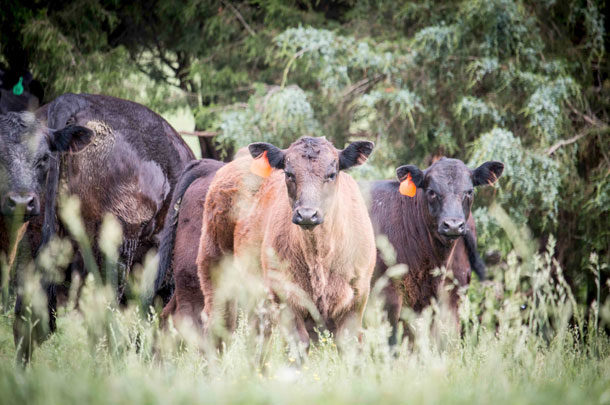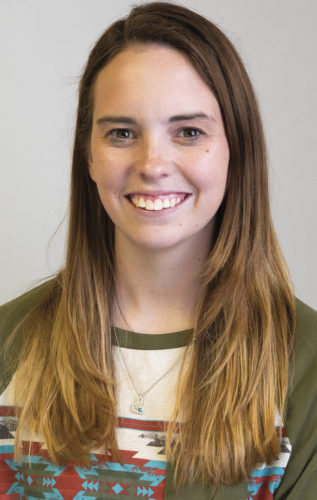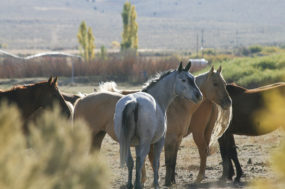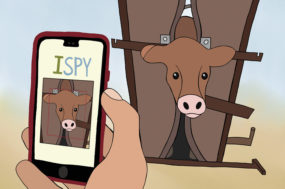Don Ball, an alumni professor at Auburn University, has spent many years in the industry studying different forage systems and developing materials to assist producers in making the right decision to best fit their herd needs.
Ball spoke on his suggestions at NCBA’s Learning Lounge sessions in early February at the Cattle Industry Convention.
“Know your options and your needs,” Ball said.
Producers need to know what their forage crop options are for every piece of land they own and basic information pertaining about that crop.
Ball emphasizes that different types and classes of animals vary in nutritional need, so knowing your herd and its needs plays an important role in choosing the correct forage to be planted.
Determining the exact needs of your herd can be tricky. Ball distinguishes the difference between forage quality and nutritive value, and said the two measures are not equal to each other.
In Forage-Livestock: Quotes and Concepts, a forage manual published and co-written by Ball, he said, “Only the animal can integrate all of the known and unknown factors inherent in the forage that determine forage quality or the actual ability of the forage to meet the animal’s nutritive needs.”
Although high-quality forages are being fed, the needs of your herd may differ from what the forage has to offer. This can lead to higher production costs and a herd lacking in required nutrients, which ultimately lead to a frustrated producer.
A few things a producer can do to ensure they understand their herds’ needs and what forages best fit them include testing and proper planning.
“If you don’t soil test, you will be forced to guess,” Ball said.
Proper testing of nutrients available in the soil take the guesswork out of helping decide what can be sustained. Testing provides a more accurate reading of what can and can’t be established in the land being worked with. Soil testing could also help indicate which variety would be maximized and can save producers hundreds of dollars, Ball said.
“Good variety decisions don’t guarantee success,” Ball said, “but bad ones can guarantee failure.”
Ball encouraged producers to take advantage of the past 50 to 70 years of research that has been done on proper forage crop management and implement the findings for the benefit of the herd nutritive needs.
Along with soil testing, proper planning for success of a forage program must be done intentionally and with the end goal of the herd in mind at all times. Allowing your stand to establish correctly could yield more in the long run than allowing the herd to graze before it is ready.
Forages can be extremely vulnerable during the establishment period, said Ball. Not resisting the urge to turn the herd out and let them graze before it has reached its full potential could cost a producer more in the long run.
A portion of managing a successful forage program that many producers don’t consider is evaluating if their current system is reaching its full potential. Repeating mistakes year after year without changing their program can be frustrating, and Ball encouraged producers to take a step back and consider if they are maximizing their program for their herd, regardless of what their father did or what their neighbor is doing. ![]()
Joy Hendrix is a freelance writer currently based in Oklahoma.
PHOTO: Understanding your herds’ needs and what forages fit them is a key to building a suitable forage program. Photo by Lynn Jaynes.









